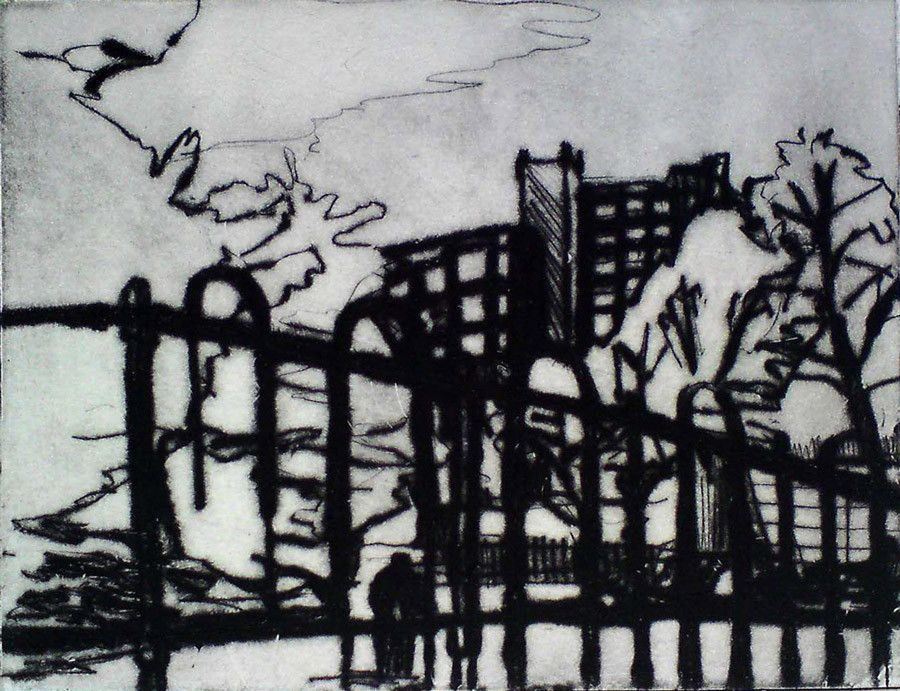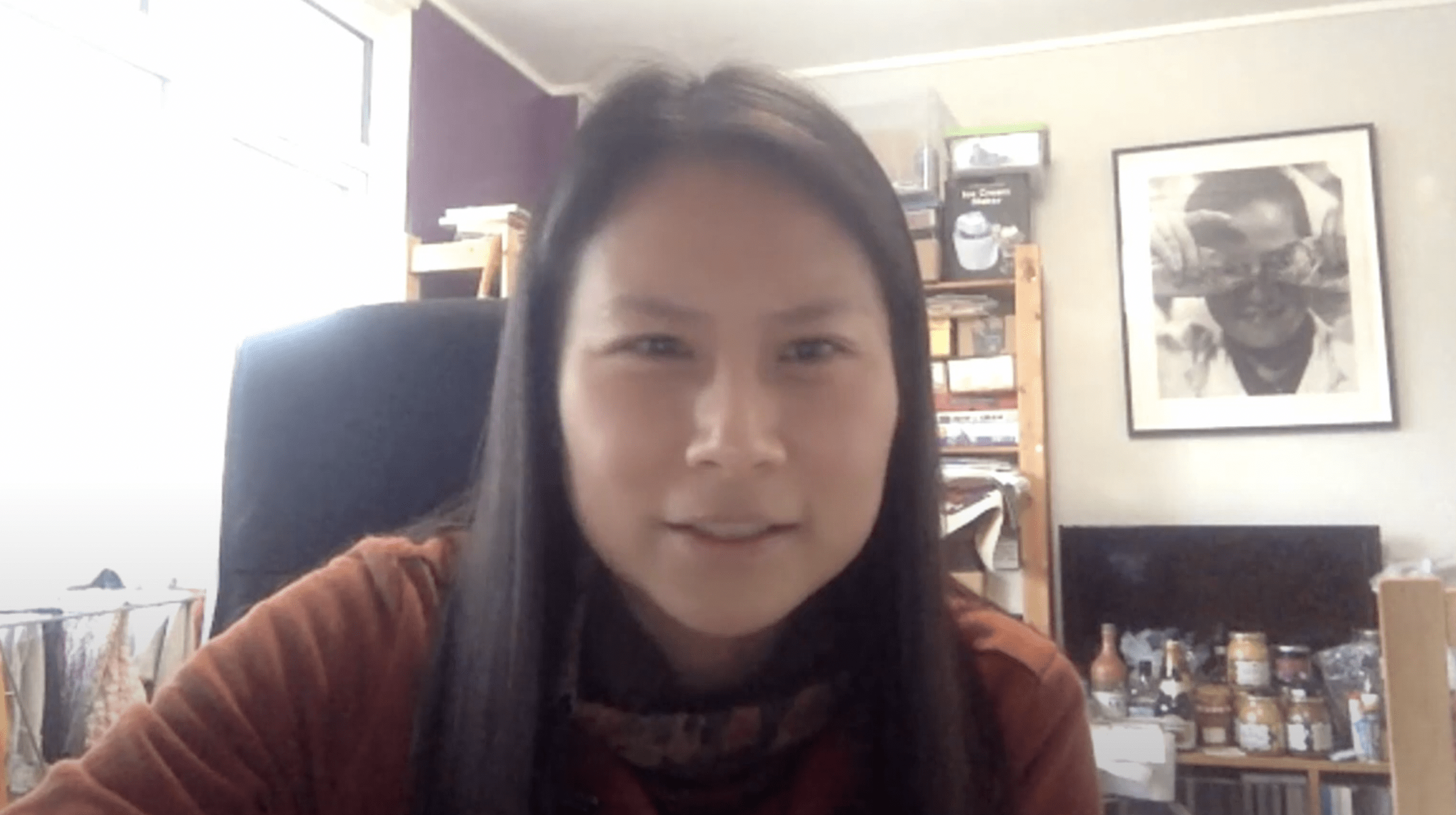
FEATURE
Carborundum
Abrasive carborundum grit (silicon carbide) is mixed with acrylic medium or glue and painted onto a flat surface, such as plastic or metal.
TECHNIQUE
Carborundum
Abrasive carborundum grit (silicon carbide) is mixed with acrylic medium or glue and painted onto a flat surface, such as plastic or metal.


The marks can be very painterly, thick and very textured or thinned with water to make more washy marks. Once dried, the carborundum and glue mixture forms areas of texture that can be inked intaglio. Other acrylic mediums and texture pastes can be used.
The advantage of carborundum plates is they are relatively cheap to make, so good if you want to work larger. In some etching techniques, the colour changes as you wipe the plate. This doesn’t happen with carborundum plates, so they are brilliant for printing bright, clean colour.
More printmaking techniques
Lithography
An image is painted, drawn or stencilled onto a slab of limestone or a metal plate (often aluminium) with oily materials, including greasy crayons and pencils, special ink called tusche, and photochemical transfers.
More Features
All featuresArtist talk: SooMin Leong
In this video presentation, SooMin discusses her practice, the importance of landscape in her images and how walking can change how we experience the world.
Hard ground
A traditional technique in etching. After degreasing the surface of the plate, hard ground is rolled over the surface.
Daydreaming through decoration
“I felt like I was in multiple spaces at the same time – the studio, my source material, my paintings – and I really lost myself in the process of making. I had this epiphany that if I inhabited my paintings long enough then the experience of looking at them would contain the dysphoria I felt, because that’s how art works, it’s a sort of a mirror.”






